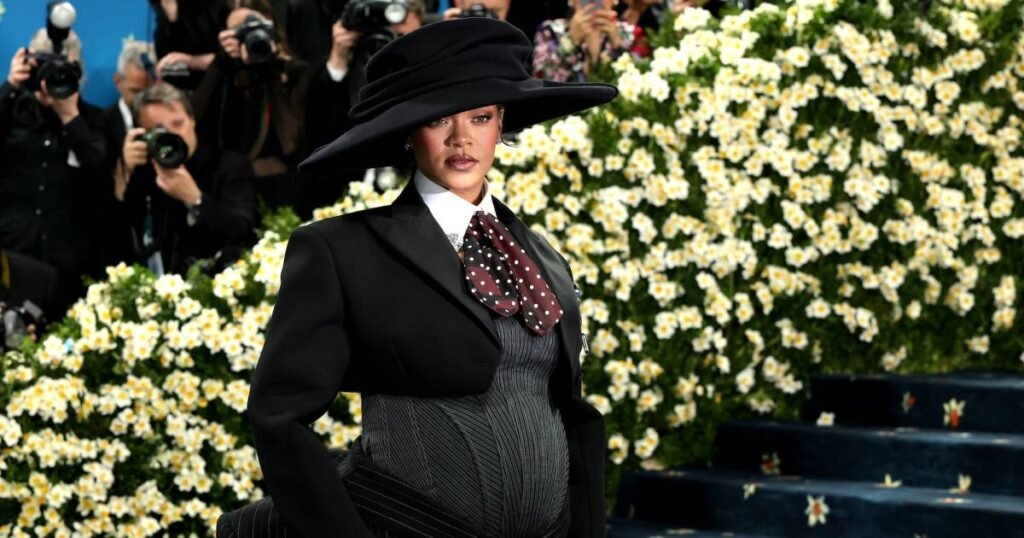This observation brings to mind Warren Buffett’s brilliant analogy between stocks and farms, outlined in his 2013 letter to Berkshire Hathaway shareholders. Buffett’s approach offers a stark contrast to the noise dominating the bull market discourse, and his 1986 farm purchase provides timeless lessons for navigating today’s expert-saturated environment.
Of stocks and farms
As he narrates in the letter, when Buffett bought the 400-acre Nebraska farm for $2,80,000, he knew nothing about farming. However, he understood something far more important: the fundamentals of productive assets. He calculated that the farm would yield about 10% annually based on corn and soybean production, with likely improvements in both productivity and crop prices over time. Crucially, he noted, “What the economy, interest rates, or the stock market might do in the years immediately following, was of no importance to me in making that investment.”
Seven years later, Buffett made a similar investment when he joined a small group purchasing a retail property adjacent to New York University from the Resolution Trust Corporation. Once again, a real estate bubble had burst, creating opportunities for those focused on productive assets, rather than market sentiment.
This approach stands in sharp contrast to the learnings being dispensed by today’s bull market gurus. While they focus on momentum, technical analysis, and market timing, Buffett concentrated on what the asset would produce. He wasn’t trying to predict price movements or outsmart other investors; he was simply buying productive capacity at a reasonable price.
The problem with bull market expertise isn’t that people are making money; it’s wonderful when that happens. The issue lies in the dangerous confusion between getting lucky and being skilled. When markets are rising broadly, even poor decisions can yield positive returns. This creates, as Buffett describes, the danger of letting “the capricious and irrational behaviour of fellow owners to cause them to behave irrationally as well”.
Consider Buffett’s insight about his farm: “There is one major difference between my two small investments and an investment in stocks. Stocks provide minute-to-minute valuations for your holdings, whereas I am yet to see a quotation for either my farm or the New York real estate.” This constant price feedback, rather than being helpful, often becomes an obstacle to sound investment thinking.
Bull & bear markets
The newly minted investment educators of social media are precisely the people Buffett warns against—those who focus on the scoreboard rather than the playing field. They teach followers to watch stock prices obsessively, react to daily market movements, and confuse activity with progress. They have never experienced what Buffett calls the “occasional bad crop” or learnt to distinguish between temporary setbacks and permanent capital destruction.
The mathematics of bull market expertise is particularly insidious. When Buffett bought his farm, he understood that “there would be some unusually good years as well, and I would never be under any pressure to sell the property”. This long-term perspective is exactly what bull market education typically lacks. New investors learn to chase performance rather than preserve capital, developing an appetite for complexity rather than Buffett’s elegant simplicity.
The farm analogy extends to understanding market cycles. Just as farms experience seasons of plenty and scarcity, markets move through periods of optimism and pessimism. Buffett’s farm has tripled its earnings over the decades, but this success came from focusing on productive capacity rather than trying to time agricultural commodity cycles.
Bear markets reveal the flip side of this phenomenon. Those who have been predicting doom for years suddenly find validation, even though they are typically wrong 90% of the time. These perpetual pessimists make the opposite error of bull market optimists. Instead of recognising the cyclical nature of markets, they extrapolate the prevailing difficulties indefinitely into the future.
Buffett’s New York real estate investment in 1993 illustrates this perfectly. While others saw a commercial real estate bubble burst, he saw an undervalued, productive asset near New York University. The analysis was straightforward: 10% unleveraged yield with substantial upside from lease renewals and improved management. As he noted, “NYU wasn’t going anywhere.”
This is precisely the kind of thinking that gets lost during both market extremes. Bull market gurus promote complexity and market timing, while bear market pessimists promote panic and permanent avoidance. Neither approach focuses on what Buffett calls the fundamental question: “The future productivity of the asset you are considering.”
Buffett vs educators
The genuine wisdom in Buffett’s approach lies not in his stock-picking prowess, but in his businessman mentality. He advises, “Investment is most intelligent when it is most businesslike.” This means thinking about stocks as pieces of businesses rather than trading instruments, focusing on earning power rather than price movement, and maintaining patience that comes from understanding what you own.
Most importantly, perhaps, Buffett advocates what he calls the “know nothing” investor approach for those who cannot dedicate themselves to serious business analysis. This involves broad diversification through low-cost index funds, rather than attempting to pick individual winners. It’s the opposite of what most bull market educators promote, but is based on decades of evidence rather than recent lucky streaks.
The tragedy is that both extremes —experienced bull market educators and vindicated bear market pessimists —influence investor behaviour at the wrong moments. They encourage excessive risk-taking near market peaks, and panic-selling near market bottoms. Buffett’s farm teaches us something entirely different. Success comes from buying productive assets at reasonable prices, understanding what you own, and having the patience to let compounding work over long periods. It’s not glamorous advice and it won’t generate social media followers, but it works. The gurus are multiplying again, as they do in every bull market. However, it’s better to be more like farmers and less like traders.
The Author is CEO, VALUE RESEARCH






